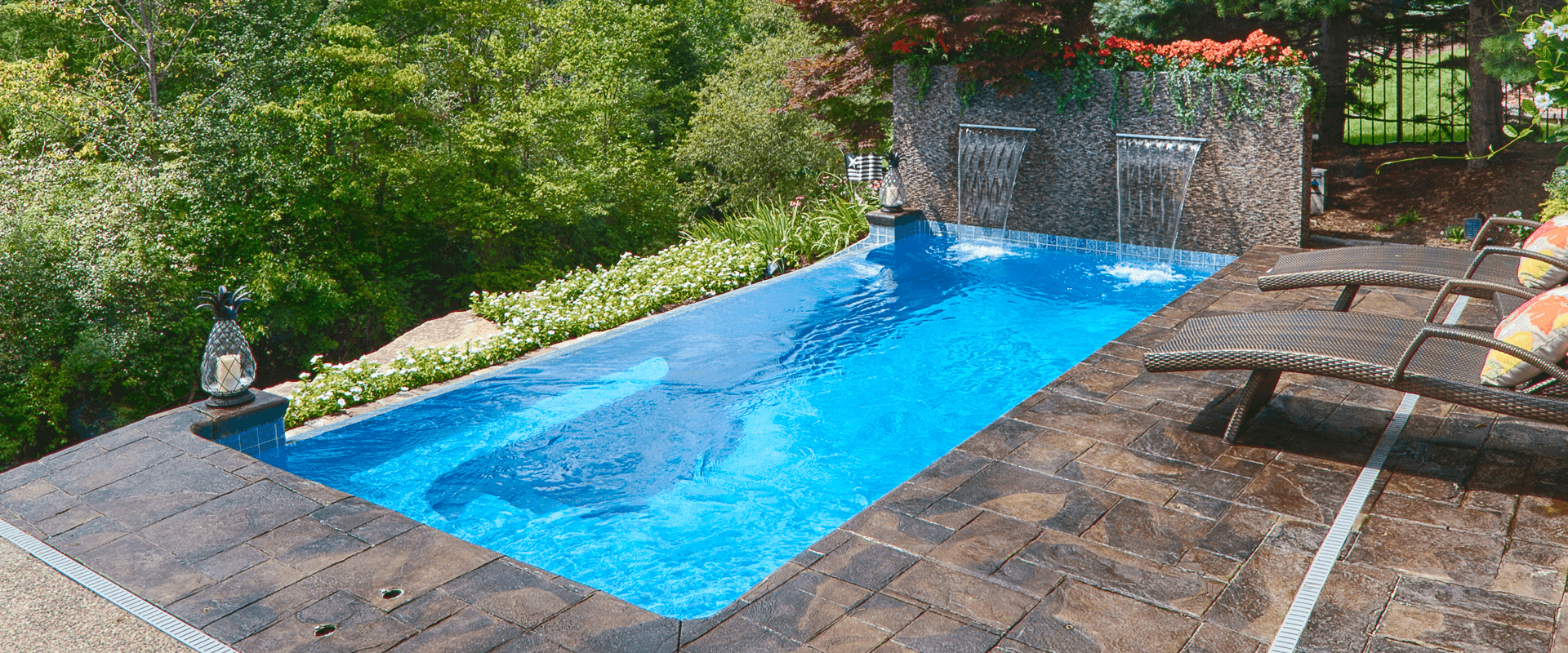877-929-7665
Ask the General: How Do I Troubleshoot the Heater and Chlorinator on My Fiberglass Pool?
Some pool troubleshooting tips to try before you call in the pros.
Dear General-
We are fiberglass pool owner newbies. We love it, but we did have to call an inground pool service pro a couple of times—once for our heater and another time for our chlorinator. Both times, it turned out to be a fairly simple fix and we wished we had tried to troubleshoot the problem ourselves before we called. Do you have some pool troubleshooting tips to share?
Signed- Newbies in New Orleans
Dear Newbies-
 Of course, I’m happy to share pool troubleshooting tips, especially for new pool owners. You didn’t say what kind of heater or filtration system you use, so I’m just going to go with one of the most common combinations: a gas heater with a sand filter and a chlorine-sanitized system.
Of course, I’m happy to share pool troubleshooting tips, especially for new pool owners. You didn’t say what kind of heater or filtration system you use, so I’m just going to go with one of the most common combinations: a gas heater with a sand filter and a chlorine-sanitized system.
Let’s start with the heater.
- Do a visual inspection. Your first pool troubleshooting step is simply taking a look at the unit. You’re looking for leaks, rust or burn marks. Any of these visual clues most likely mean trouble inside the unit, and you probably need to bring in a pool maintenance pro to check it out.
- Clean it off. You should be regularly cleaning debris off of the heater top and inside of the cabinet. Leaves and other matter can really gunk up the works, so this is an easy way to avoid trouble before it starts. If you haven’t done this, you may find that debris is hindering your heater’s operation, so clean it up and see if that helps.
- Check the gas and water pressure. If the gas valve isn’t fully open, your heater will not fire. The same is true if there’s not enough water flowing through the heater, so make sure your pool pump is working properly as well. In many cases, you’ll just need to backwash the sand filter, or clean the cartridges in a cartridge filter.
- Consult your owner’s manual. After you’ve tried these tips, if you’re still having trouble, it’s always worth a peek at your owner’s manual. Depending on what brand and type of heater you have, you may find some additional help there.
Some safety tips for you:
- Never bypass a safety feature on a heater to force it to operate. I once had a homeowner call to say that their heater’s door blew off. Upon arrival, I discovered that the propane heater was equipped with a jumper wire to take out the safety link that protects the heater in case of a down draft. Apparently, this guy’s brother-in-law had “fixed it” by jumping the safety link to get the heater to operate, and they never called a technician to permanently repair the heater. That resulted in a very dangerous situation. Everything inside your heater is designed for safety, and other than these few pool troubleshooting tips, there are very few things that most homeowners can fix on their own. If these tips don’t yield any clues, call a professional pool service technician.
- Be aware that the top of a gas heater gets very hot. Use caution to prevent burns. I’ve seen melted cell phones, plastic cups and screwdriver handles as well as ruined shirts and shoes. So don’t put anything you value on top of your heater.
The next stop is the chlorinator.
There are many different manufacturers of chlorinators with different functionalities (such as high back-pressure systems with pop-up heads, or offline “tube” feeder systems.) So for now, we’ll just address the most common one—the inline chlorinator. Personally, I have a Hayward CL-200 inline chlorinator on my pool, and it’s been there for almost 35 years. I think it may be the only thing I haven’t had to replace.
- Again, start with a visual inspection. You’re looking for leaks, hairline cracks, and plant life that may have grown around the unit. If you find cracks, you may need to replace your unit. If you find plant life growing around your unit, you need to remove it.
- Check the gaskets. If your unit is leaking, normally a lid gasket or drain plug gasket is the cause. If you find leaks here, these gaskets may just need to be replaced.
- Clean the canister. Turn off the pump, remove the lid and inspect the inside of the canister. There may be buildup in there that’s blocking the flow. Carefully remove any undissolved chlorine, remove the bottom plug, scrape off the inside, wipe out the residue, and flush it with water. If the unit has unions, remove and completely clean them. Using high quality chlorine pucks (or sticks) will alleviate the need to do this very often.
Some safety tips for you:
- Always use caution when opening the unit to avoid breathing chlorine gas buildup.
- Take care that the chlorine doesn’t splash in your eyes or on your skin.
- Never use solvents or any chemical that may react with the chlorine to clean the inside.
- Be sure to read the manufacturer safety warnings for your chlorinator.
It’s a process.
It may take some time before you learn all the things that pool owners know. To shorten your learning curve, see if your local pool company has “pool school” seminars to help you learn the ins and outs of pool ownership. In the meantime, stay on top of your regular pool maintenance to avoid problems (which should be pretty easy with your low-maintenance fiberglass pool!) and kick back and enjoy your new pool as much as you can.
Until next time- The General
Who is The General?
The man, the myth, the legend … we just call him The General. His organized, systematic approach to pool installations over the years had his crew members calling him “The General” and it stuck. The General has over 30 years’ experience in the pool and spa industry, working for one of “Pool and Spa News’ Top 50 Pool Builders.”
Over that time, he designed, sold, project-managed and installed over a thousand inground swimming pools. As a pool owner himself, he’s the perfect authority to give you the inside scoop, with amazing tips and tricks to make pool ownership a breeze!
